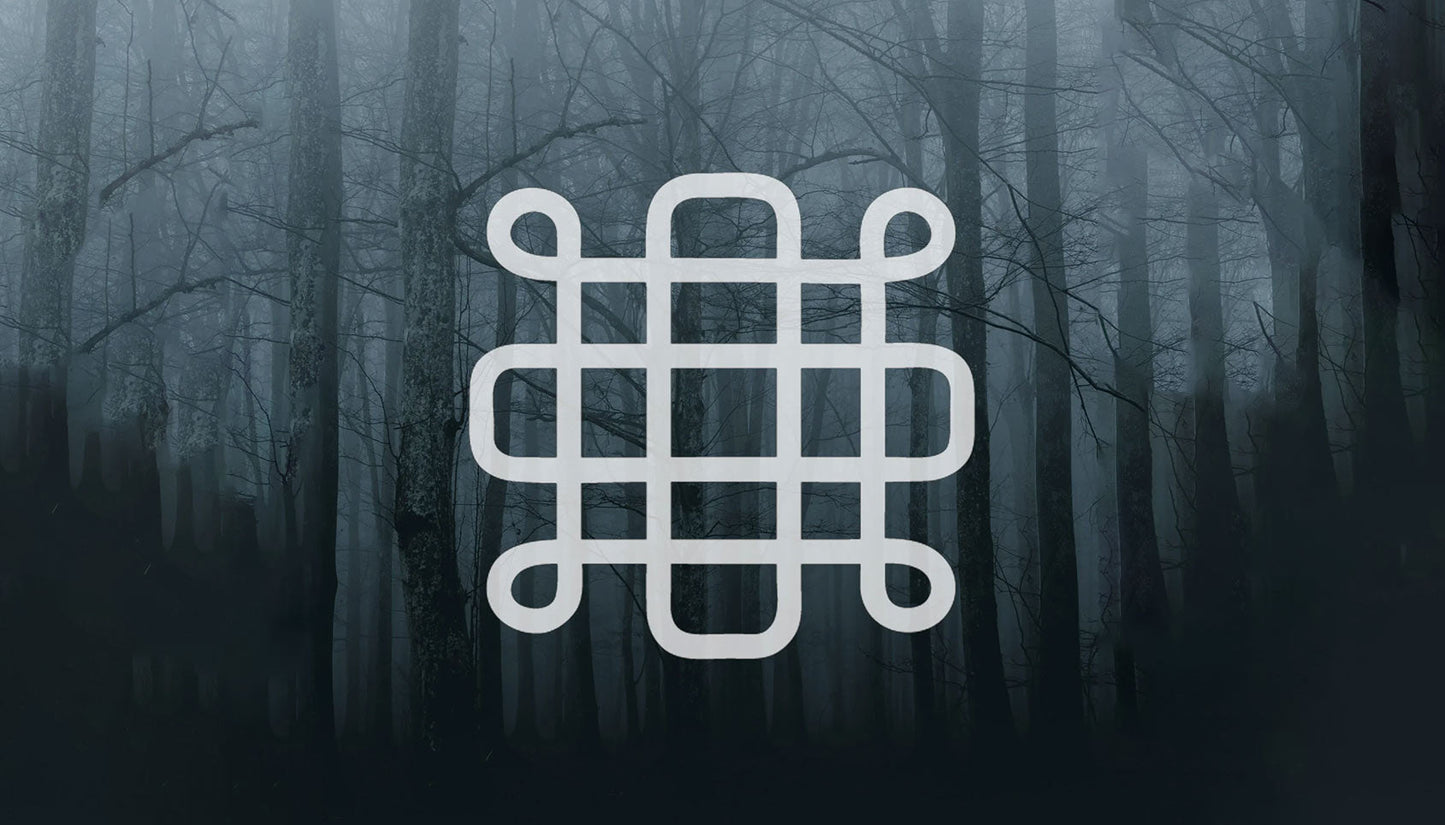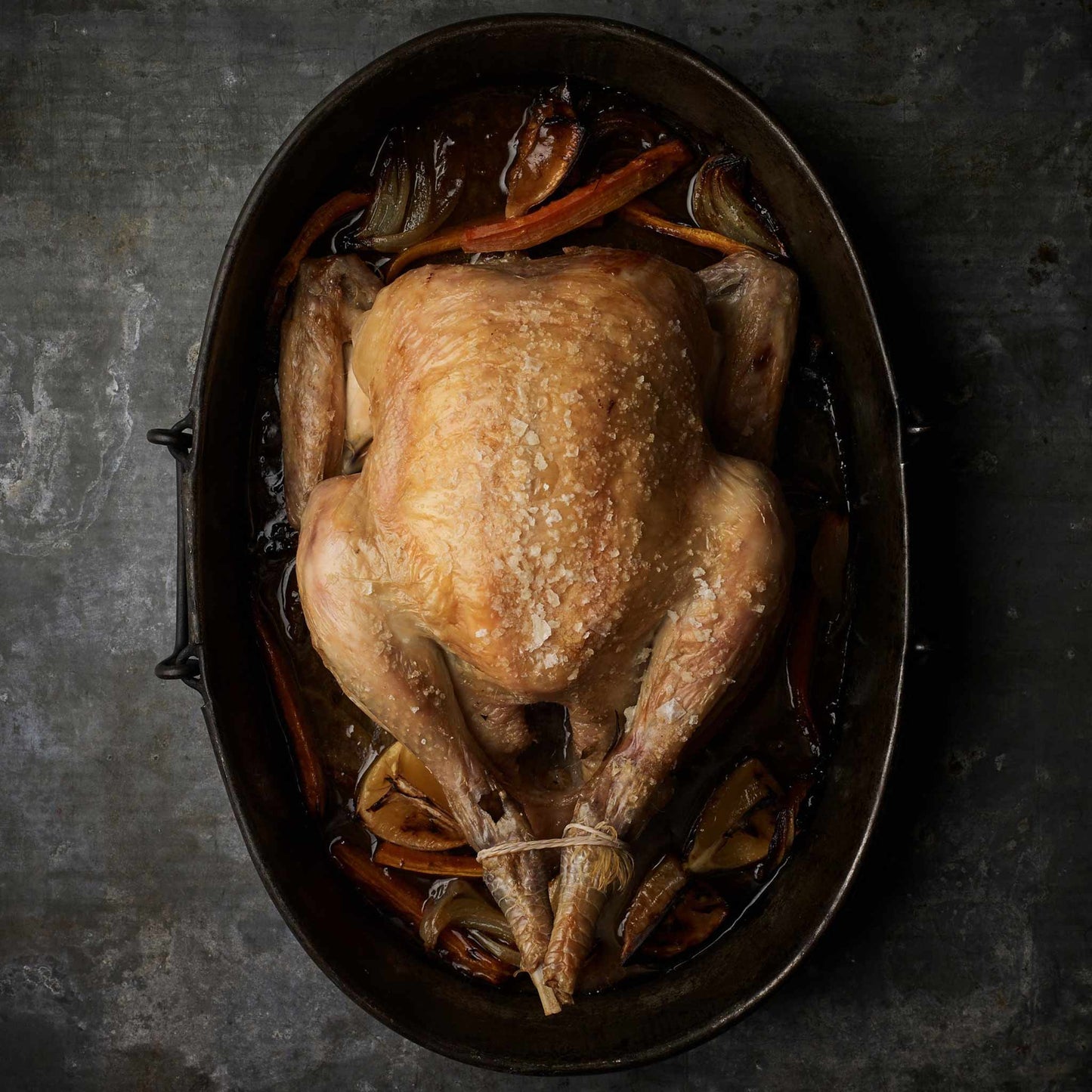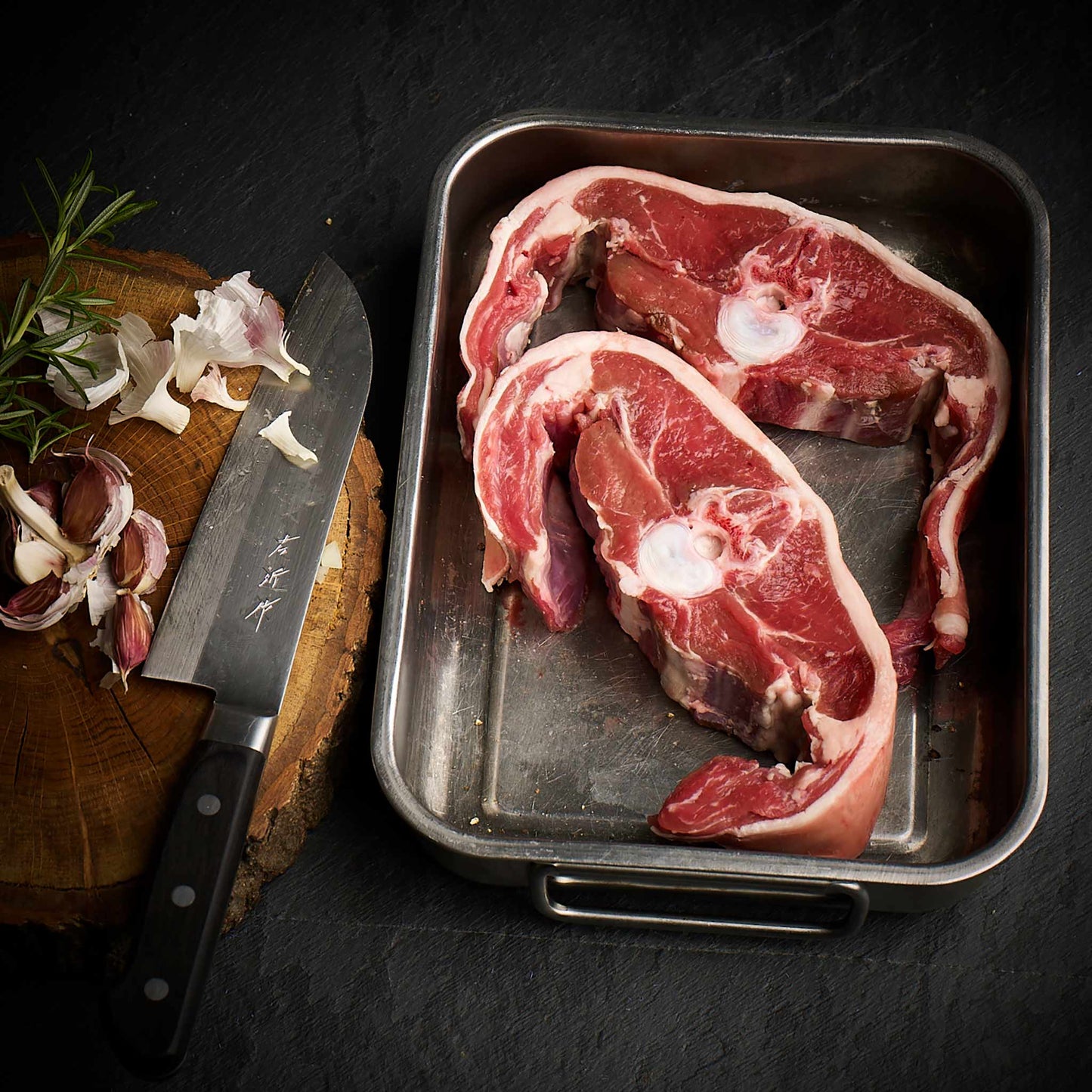We source our chicken from one farm in Leicestershire. The farm is Pasture for Life certified and rears truly free range, outdoor birds.

What is Samhain and how is it related to Halloween?
Samhain is a harvest festival and stretches back to Dark Ages Ireland and possibly into prehistory. It is celebrated from the night of 31st October to the following evening, the ancient Celtic day running from sunset to sunset.
Samhain may come from an Irish word meaning ‘Summer’s End’, and etymologically refers more to the month of November rather than the night of 31st October.
Samhain is the opposite of the beltane as it marks the end of summer and would have meant the return of cattle from their high pastures in the summer, this would have been marked by large bonfires to lead the way down to the winter pastures.
Samhain is a pagan religious festival originating from an ancient Celtic spiritual tradition. In modern times, Samhain (a Gaelic word pronounced “SAH-win”) is usually celebrated from October 31 to November 1 to welcome in the harvest and usher in “the dark half of the year.” Celebrants believe that the barriers between the physical world and the spirit world break down during Samhain, allowing more interaction between humans and denizens of the Otherworld.
The Halloween bonfire also has its roots in a tradition that saw a celebration at the end of the harvest. Workers would let their home hearth burn out while working hard to gather the last of the harvest, this would be marked by a large community fire often with a spinning wheel to create sparks and flames that represented the sun, prayers would be said and a piece of the fire would be taken home to relight the home hearth.
So why the scary costumes?
The Celts believed that on Samhain the veil between the worlds of the living and the dead was breachable and thin and offerings were left outside villages and fields for fairies or Sidhs.
The Celts believed so strongly that ancestors might cross over to the physical realm so they dressed as animals and monsters so that the fairies would not want to kidnap them, this provided the basis of the Halloween costumes of today.
Some specific monsters were associated with the mythology surrounding Samhain, including a shape-shifting creature called a Pukah that receives harvest offerings from the field. The Lady Gwyn is a headless woman dressed in white who chases night wanderers and was accompanied by a black pig.

The Dullahan sometimes appeared as impish creatures, sometimes headless men on horses who carried their heads. Riding flame-eyed horses, their appearance was a death omen to anyone who encountered them.



